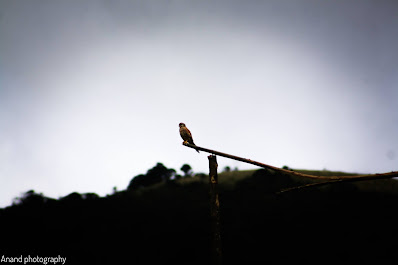EARTHWORM SPECIES USED IN VERMICOMPOSTING
EARTHWORM SPECIES USED IN VERMICOMPOSTING
VERMICOMPOSTING:- Vermicomposting is a method of making compost with the use of
earthworms
which generally live in the soil eat biomass and excrete it is digested form.
This compost is generally called vermicompost.
TYPES OF EARTHWORM IN VERMICOMPOST
Ø EPIGEIC:
e.g. Eisenia foetida, Eudrilus engenie, Perionix excavates.
Ø ENDOGEIC:e.g.
Pentoscolex spp, Eutopius spp, Drawida spp.
Ø ANECEIC:e.g.
Polypheretima elongate, Lampito marutt.
EARTHWORM SPECIES
ü Eisenia
fetida
ü Eisenia
anderi
ü Dendrobaena
hortensis
ü Eudrilus
eugeniae
ü Perionyx
excavatus
11) Eisenia fetida
·
Common
Names : Tiger Worm, Manure Worm,
Brandling Worm
·
Color : Rust brown with yellow stripes
around its body just like a tiger!
·
Length : Up to 130mm
·
Ideal Working Temperature: 15-25⁰C
·
Reproductive rate : Approximately 10
young per worm per week under ideal conditions.
·
Average number of young per cocoon:
Approximately 3
·
Time to emergence from the cocoon :
Approximately 30-75 days under ideal conditions.
·
Time to sexual maturity: Approximately
85-150 days under ideal conditions.
22) Eisenia anderi
·
Common Name: Red tiger worm
·
Color :Dark red to purple with maybe
some stripes
·
Length: Upto 130mm
·
Ideal Working Temperature Range: 15-23⁰C
33) Dendrobaena hortensis
· Common Name: Dendras, Blue noses
·
Color: Violet, Purple or Olive brown and
sometime stripped
·
Length: Upto 155mm
·
Ideal Working Temperature: 18-25⁰C
44)Eudrilus eugeniae
·
Common
Name: African Nightcrawler
·
Color: Uniform Purple- Grey
·
Length: Upto 130mm and posterior segments are evenly tapered to a point
·
Temperature Range: Minimum- 45⁰F,
Maximum- 88⁰F, Ideal range- 70⁰F to 80⁰F
·
Reproductive range: Approximately 7young
per worm per week under ideal conditions.
·
Average number of young per cocoon:
Approximately 2
·
Time to emergence from the cocoon:
Approximately 15-30 days under ideal conditions.
·
Time to sexual maturity: Approximately
30-95 days under ideal conditions.
55)Perionyx excavatus
·
Common Name : Composting worm, Blues or
Indian Blues
·
Color: Deep reddish brown
·
Length: 8- 12cm
·
Number of body segments : 152-165
·
Maximum body mass : 600mg
·
Rate of cocoon production(days) : 1.1
·
Cocoon:
shape- cylindrical with projections at both ends, length- 3 to 5mm,
weight- 5 to10mm
·
Temperature tolerance: 35⁰C
·
Life span under laboratory condition:
>1years
66) Lumbricusrubellus
·
Common Name: Red worm, Blood worm
·
Color: Dark red to maroon, no stripes
and light yellow underneath
·
Length: up to 105mm
·
Ideal working temperature range : 18-23


Comments
Post a Comment